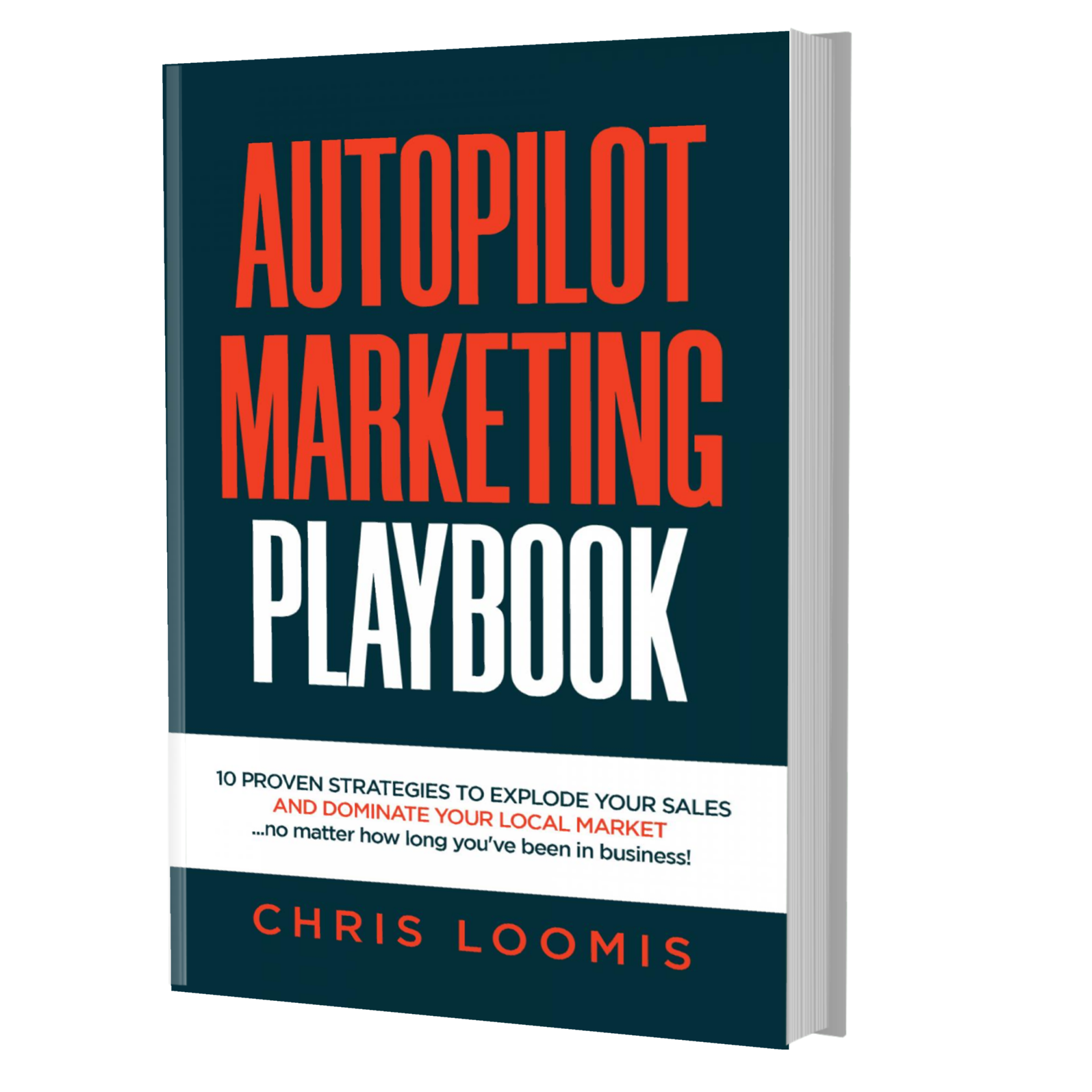How to Build a Mobile-Friendly Content
Share This
BY Chris Loomis
Imagine our life without our mobile gadgets. Imagine how we could have coped up with the ongoing pandemic without our smartphones or tablet. Imagine if we still lived in a world with dial-up and none of the social media platforms that we know of today. The main point here is how mobile gadgets have become the norm through the years.
Whether for personal or for business purposes, it is impossible you have not done something using a mobile phone or tablet. Statistics also show that more than 50 percent of the total website traffic comes from using a smartphone or tablet. This means people nowadays use their mobile phones for browsing the Internet or buying online, more than using their desktop.
Given the frequent use of mobile gadgets in our everyday lives, marketers should take note of this and make sure their digital content is mobile-friendly. Unfortunately, not all marketers have made their websites mobile-friendly. If your website is still not mobile-optimized, now is the time to do so.
Understanding mobile users
First of all, you need to understand how people use their mobile gadgets to do their thing online. For one thing, using your mobile phone is a lot convenient because you can browse the internet and do anything with it anytime and anywhere. Mobile users often focus on content placed on the center and top half of the screen.
Creating a mobile-friendly content
Firstly, you should come up with a short headline so it won’t take too much space on your mobile device’s screen. Experts suggest using 6-word headlines for a higher chance of more click-throughs. The shorter but more eye-catching headline, the better.
Put the entire content on the top, the details next.
Good content should put the summary of the entire article or post in the first paragraph. No one wants a TL;DR (Too Long, Didn’t Read) moment. So make sure to put all of the important details on top of your content and the rest of the details in the succeeding paragraphs.
Try chunking your content.
Chunking refers to grouping similar content into easy-to-read paragraphs. Putting images or videos, summary, subheaders, white spaces, shorter paragraphs, simplified words, and font styling are common content chucking elements. Grammarly and Hemingway app are your friends for the best content every time!
Loading time
You should also consider your content’s loading time. No one wants to stay on a website that takes too long to load. Some tips to hasten loading time include:
- Compress large files (ex. TinyJPG)
- Use resizing tools (ex. embedlyDisplay)
- Make pre-optimized images for websites, social media, etc. (ex. Canva, PicMonkey)
Just to make sure, you could try a preview of your content on your mobile device. This is to see if your content is indeed mobile-friendly.
These are some important things you should take note of to make your website mobile-friendly. Remember, a lot of consumers browse the internet and do transactions on their phones or tablets.
Having said that, you should not only make great content but also make it captivating and optimized. For your website design and optimization needs, better to contact a professional website builder in Franklin TN.
10 PROVEN STRATEGIES TO EXPLODE YOUR SALES IN 6 MONTHS OR LESS!
FREE BOOK | Just Cover the Shipping!
Get it Before It's Gone!
Copyright ©2020 Autopilot Marketing


